Gochujang is a thick, pungent Korean chili paste that adds a savory, slightly sweet kick to many Korean dishes. Made from fermented soybeans, glutinous rice, salt, and chili peppers, gochujang packs some serious flavor. With its rich umami taste and pleasant heat, gochujang can transform and enhance all kinds of recipes. From traditional Korean fare to more creative fusion dishes, gochujang has become a versatile pantry staple.
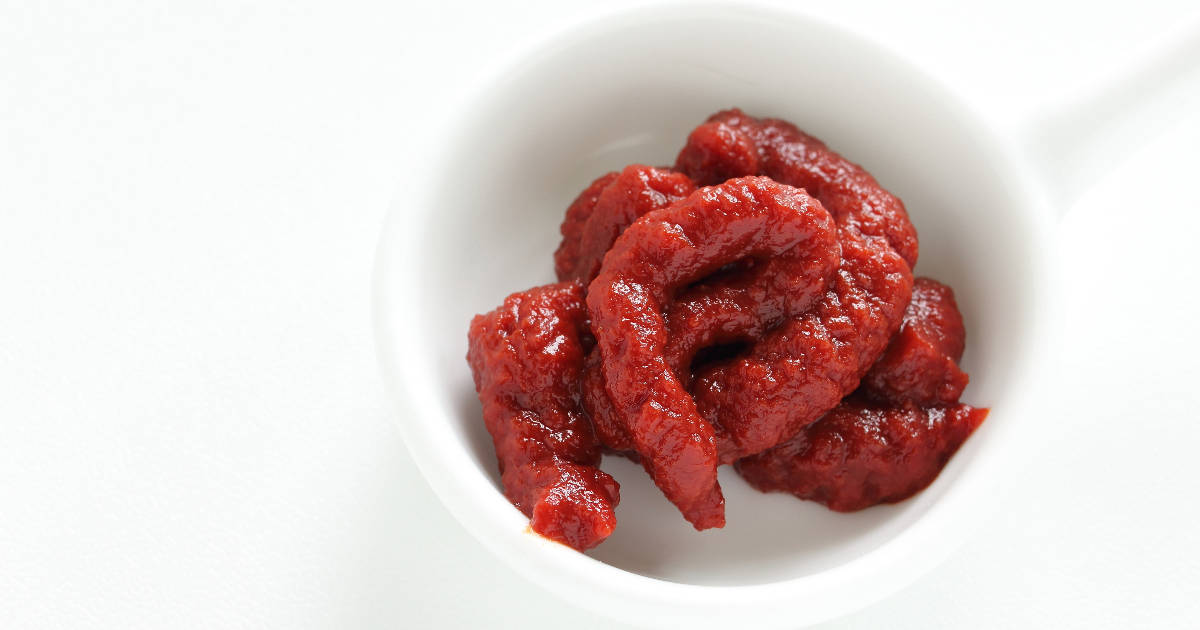
While gochujang is often used in Korean barbecue, stews, and noodle dishes, its uses extend far beyond Korean cuisine. This flavorful paste can spice up burgers, tacos, sandwiches, pizzas, and more. Gochujang brings complex flavors that complement both meat and vegetable dishes remarkably well.
If you're new to cooking with gochujang, read on to discover 15 delicious ways to use this Korean chili paste. You'll find gochujang livens up everything from fried chicken to pasta sauce to roasted squash. Let's explore the many roles Gochujang can play to make your cooking more exciting.
Proteins with Gochujang

Gochujang makes an excellent marinade base for all kinds of proteins. The fermented chili paste tenderizes meats while imparting sweet heat and serious umami. Gochujang also nicely balances the rich fattiness of pork and chicken. Here are some tasty ways to marinate proteins in gochujang.
Pork and Beef
Pork and beef do well with the sweetness of gochujang. For Korean-style pork, mix gochujang with soy sauce, garlic, ginger, sesame oil, and a touch of sugar. Use this as a marinade for pork chops, ribs, or roasts. The gochujang will tenderize while adding sweet heat.
For a Korean bulgogi-style steak, combine thin slices of sirloin or ribeye with a marinade of gochujang, soy sauce, honey, garlic, ginger, sesame oil, and pear or apple. The fruit enzymes help tenderize the beef. Let the meat marinate for at least 2 hours before grilling or pan-searing.
Chicken
Chicken wings and thighs are perfect candidates for gochujang marinades. For sticky, sweet heat, coat chicken pieces with a blend of gochujang, honey, soy sauce, garlic, and sesame oil. Bake, grill, or pan-fry the chicken until crispy, basting frequently with the marinade.
For a spicy Korean fried chicken, double-fry chicken pieces after coating in potato or cornstarch. Toss the fried chicken in a sticky glaze made with gochujang, honey, garlic, and vinegar. The sugar in the gochujang will caramelize nicely when frying.
Seafood
Gochujang adds sweet heat to rich seafood like salmon and shrimp. Mix gochujang with olive oil, garlic, lime, cilantro, and a pinch of sugar. Use this as a quick marinade for salmon fillets, shrimp skewers, or halibut steaks. The gochujang pairs well with the natural fattiness of the fish.
For spicy grilled squid, coat squid tubes in a marinade of gochujang, garlic, soy sauce, sesame oil, and sugar. Grill the squid over high heat until lightly charred. The gochujang caramelizes nicely on the squid as it cooks.
Veggies with Gochujang
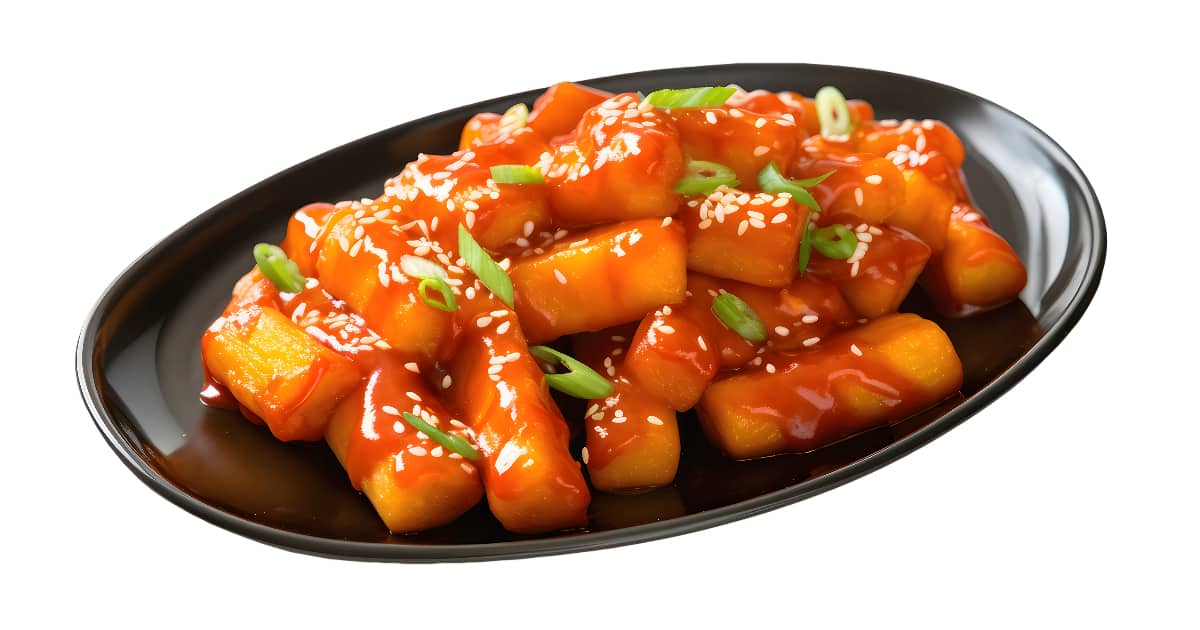
While gochujang excels at flavoring meat, it also adds a flavor boost to vegetables. The slight sweetness balances bitterness, while the chili paste infuses veggies with addictive umami. Here are some tasty ways to use gochujang with vegetables:
Roast Hearty Veggies
Roasting is a great cooking method to bring out gochujang's rich flavors. Toss cauliflower or Brussels sprouts florets with a blend of gochujang, olive oil, minced garlic, and a bit of brown sugar before roasting. The gochujang caramelizes slightly while roasting, coating the veggies in sweet heat.
For a seasonal side, coat cubed winter squash like butternut or kabocha with olive oil and gochujang before roasting. The chili paste complements the natural sweetness of the squash. Sprinkle with toasted pumpkin seeds for extra crunch.
Quick-Cook Delicate Veggies
Quick-cooking veggies like asparagus, green beans, and bok choy do well with a gochujang drizzle. After steaming or blanching the veggies briefly, toss them with a blended sauce of gochujang, rice vinegar, sesame oil, and a touch of sugar. The bright vinegar keeps the flavors light.
For a Korean spinach side, sauté minced garlic and gochujang in sesame oil. Add a bag of fresh baby spinach and cook just until it wilts. Sprinkle with toasted sesame seeds to finish. The fresh spinach retains its texture against the rich gochujang.
Pickles and Kimchi
Gochujang can be incorporated wonderfully into pickled vegetables. For quick gochujang cucumbers, whisk together gochujang, rice vinegar, toasted sesame oil, and a pinch of sugar. Toss thinly sliced cucumbers in this dressing for an instant banchan (Korean side dish).
You can also stir some gochujang into prepared kimchi for extra heat. Add a spoonful per jar into napa cabbage or radish kimchi. Let the flavors meld for a few days before eating. The gochujang ramps up the spice level.
Carbs with Gochujang
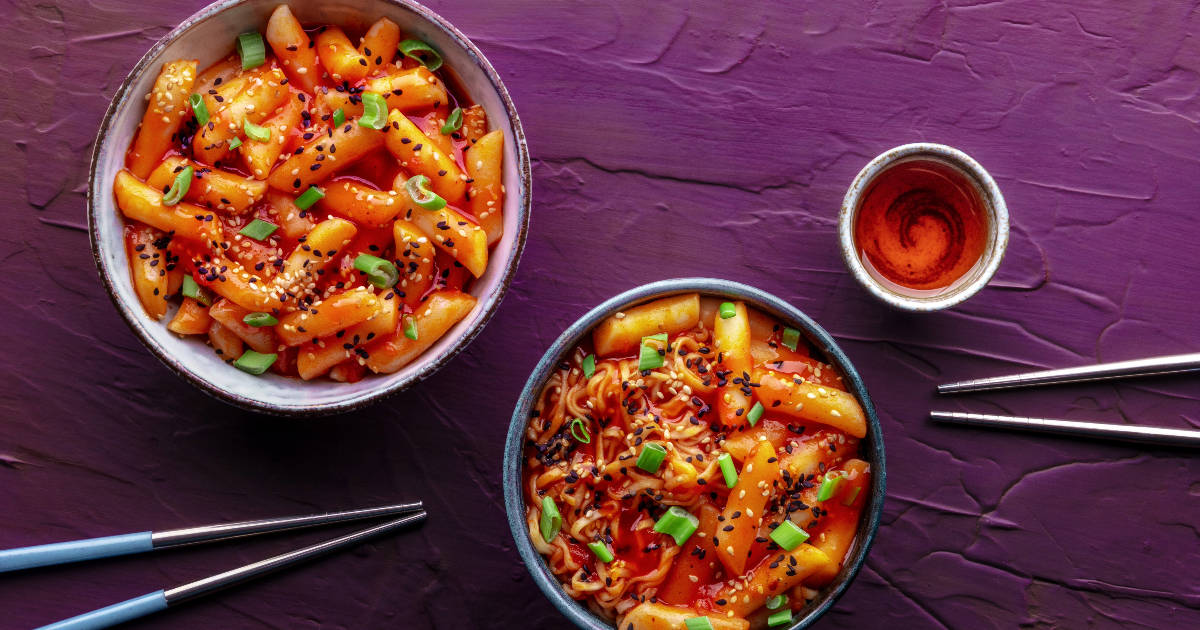
Beyond proteins and vegetables, gochujang excels at bringing excitement to otherwise bland starches and carbs. A spoonful of this chili paste can transform rice, noodles, and even sandwiches. Here are some fun ways to incorporate gochujang into various carb-based dishes:
Rice Bowls and Baps
For a quick bibimbap, stir-fried vegetables and a fried egg over rice. Mix together gochujang, soy sauce, garlic, vinegar, and sesame oil. Drizzle this over the rice bowl to tie everything together.
You can also make gochujang rice as a side dish. Combine cooked rice with soy sauce, sesame oil, minced garlic, and gochujang. Sauté the rice until slightly crispy and serve topped with a fried egg.
Noodles and Wraps
Gochujang infuses noodles and wraps with sweet heat. For spicy peanut noodles, whisk together gochujang, peanut butter, soy sauce, rice vinegar, garlic, and ginger. Toss with cooked soba noodles and sliced vegetables.
For a spicy bulgogi burrito, spread gochujang mayo on a flour tortilla before filling it with kimchi fried rice and Korean barbecue meat. The flavors complement in the best way.
Pizza and Sandwiches
Gochujang makes an excellent sandwich and pizza spread. Mix together gochujang, mayonnaise, and a bit of lemon juice for a quick spicy sandwich condiment or dip. It also makes a nice schmear on pizza in place of tomato sauce before adding toppings.
For a Korean barbecue pizza, spread gochujang lightly over the dough. Top with mozzarella, grilled Korean bulgogi beef, kimchi, sliced onions, and cilantro. The flavors work wonderfully together.
Soups and Stews with Gochujang
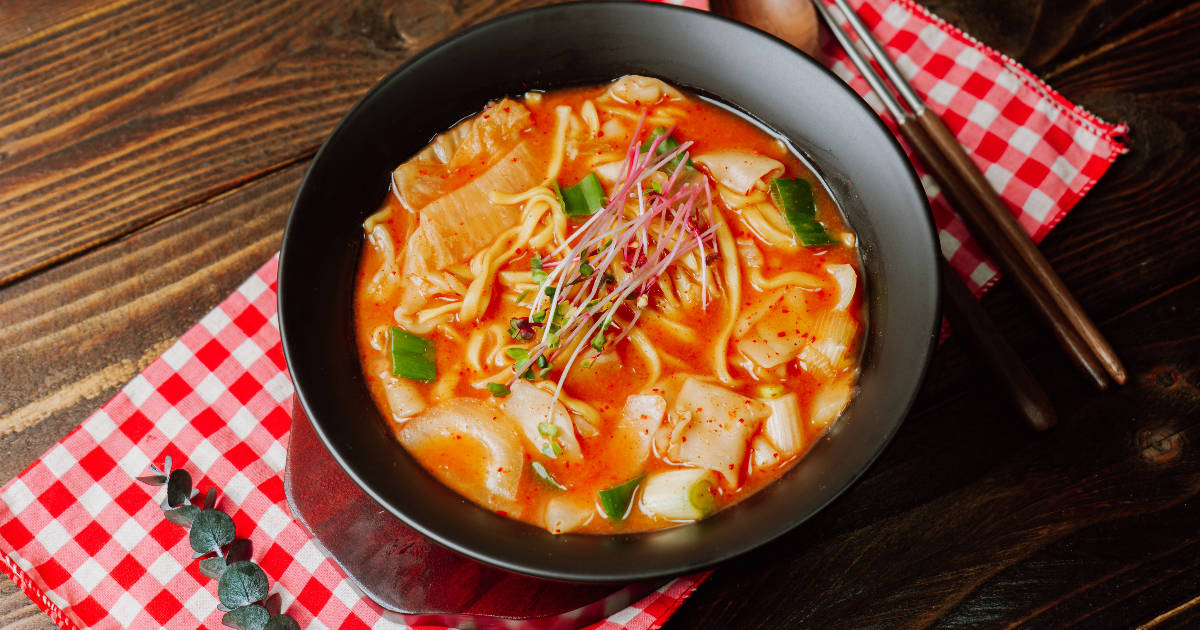
Beyond marinades and veggie sides, gochujang excels at providing a flavor base for soups and stews. Just a spoonful can provide spicy umami richness. Here are some classic Korean soups and stews to make with gochujang:
Gochujang Stew
This quick one-pot gochujang stew stars soft tofu and potatoes cooked in a broth flavored with gochujang. Sauté onions, garlic, and gochujang before adding vegetables, tofu, chicken broth, and soy sauce. Simmer until the potatoes are tender. The stew gains sweet heat from the gochujang.
Kimchi Stew
For this stew, sauté onion, garlic, ground pork, gochujang, and kimchi before adding chicken stock. Simmer until the pork is cooked through. Then add soft tofu, shiitake mushrooms, and sliced rice cakes. The funky kimchi and spicy gochujang make an incredible broth.
Army Stew
This stew was invented after the Korean War when food was scarce. It combines American canned meats like Spam with Korean gochujang. Sauté gochujang, kimchi, and Spam before adding baked beans, instant ramen noodles, and vegetables to the pot. The unique mix is surprisingly tasty.
Gochujang Sauces and Dips
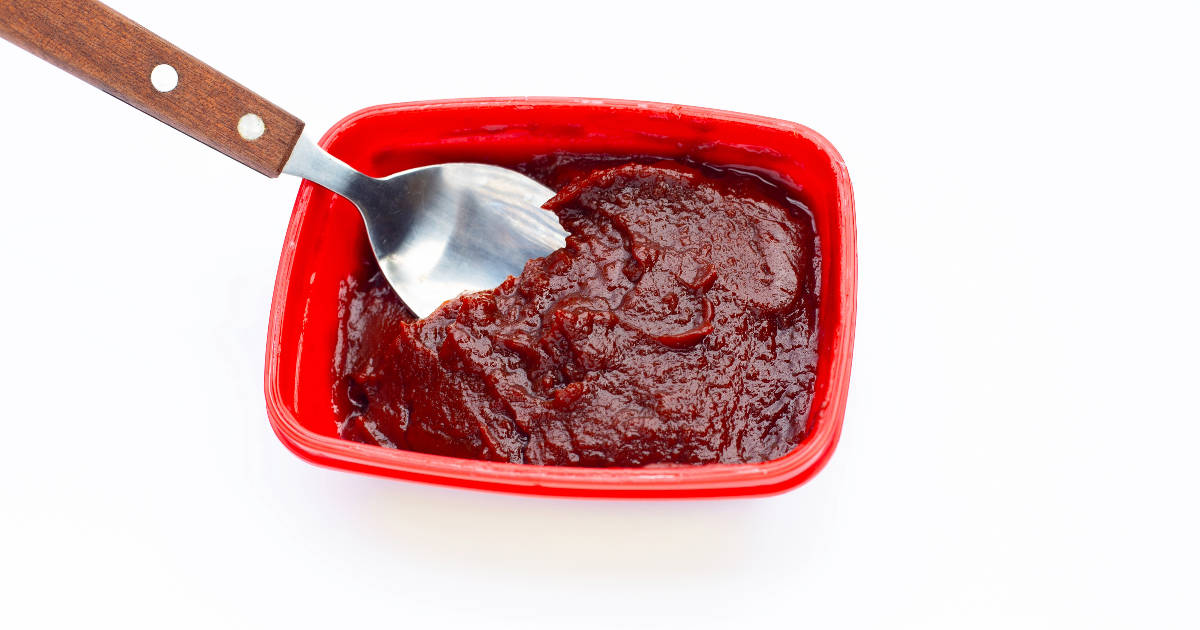
Beyond cooking, gochujang makes a quick flavor-packed drizzle or dipping sauce. With just a few extra ingredients, you can transform gochujang into a versatile table sauce. Here are some easy gochujang-based sauce ideas:
Spicy Mayo
For a Korean twist on mayo, whisk together gochujang, mayonnaise, lime juice, garlic, and a pinch of sugar. Use this as a sandwich spread, dip for fries, or drizzle over burgers. The mayo cools the heat a bit.
Carrot-Gochujang Sauce
For a lighter sauce, combine gochujang with shredded carrots, rice vinegar, soy sauce, toasted sesame oil, and a pinch of sugar in a blender. The sweet carrots balance the heat. Nice as a salad dressing or dip.
Gochujang Barbecue Sauce
Mix gochujang with ketchup, molasses, garlic, onion, rice vinegar, and a pinch of salt and pepper for a tasty barbecue sauce. Brush over chicken, pork, or shrimp while grilling for added flavor.
Spicy Peanut Sauce
Whisk together gochujang, peanut butter, soy sauce, lime, garlic, and ginger. Thin with water as needed for a spicy, nutty sauce perfect for summer rolls, noodle bowls, or grilled meats. Definitely add some crushed peanuts on top.
FAQ
What dishes pair particularly well with gochujang?
Gochujang excels when paired with fatty meats like pork belly, chicken thighs, and ribeye steak. The slight sweetness helps cut through the richness. It also complements oily fish like salmon and mackerel nicely. Beyond meats, gochujang tastes great with starchy carbs like rice cakes and ramen noodles. The chili paste clings well and infuses everything with flavor. Roasting hearty vegetables like potatoes, broccoli, and Brussels sprouts allows gochujang to caramelize slightly and coat each piece.
Does gochujang need to be cooked or can you add it at the end?
While you can sprinkle gochujang on at the end, cooking it enhances the flavors. Light sautéing, pan-frying, grilling, and roasting allow the chili paste to caramelize and develop richer layers of taste. Cooking also softens the raw spice edge. However, you can toss blanched delicate green vegetables with a gochujang dressing just before serving. Mix the paste with rice vinegar, sesame oil, and a pinch of sugar for a bright banchan.
What's the best way to temper gochujang's heat?
Adding an acidic, creamy, or starchy ingredient helps balance gochujang's slow burn. A splash of vinegar, lemon/lime juice, or yogurt is ideal. Mayonnaise or sour cream also work to cool the heat. Starchy potatoes, sweet rice, or glutinous rice cakes complement the paste's texture. Fermented foods like kimchi, fish sauce, soy sauce, or miso can mellow the heat through umami flavors. Finally, a touch of sugar, honey, or fruit helps play up gochujang's natural sweetness.
Can you make gochujang at home?
It is possible to DIY gochujang, but it's a lengthy, multi-step process. First, you'll need to make meju, fermented soybean bricks. Then the brick is mashed into a powder and combined with glutinous rice powder, Korean red chili powder, and salt. This mixture ferments in a clay pot outdoors for 1-3 months until the starches break down into natural sugars. While homemade gochujang is rewarding, store-bought paste lets you enjoy the flavor immediately. Look for brands like Sempio, Chung Jung One, and Mother-in-Law's.
Conclusion
This flavor-packed Korean chili paste truly does wonders in both sweet and savory applications. With its complex trifecta of spicy, salty, and sweet flavors, gochujang can transform everything from meat to vegetables to rice and noodles. You'll be amazed by how a spoonful can bring serious umami and intrigue.
Keep a tub of gochujang in your fridge to whip up quick marinades, spice blends, and sauces anytime. Once you taste how gochujang enhances dishes, you'll want to use this paste often. Experiment with adding gochujang to all kinds of global recipes. The sky's the limit with this versatile Korean staple!

